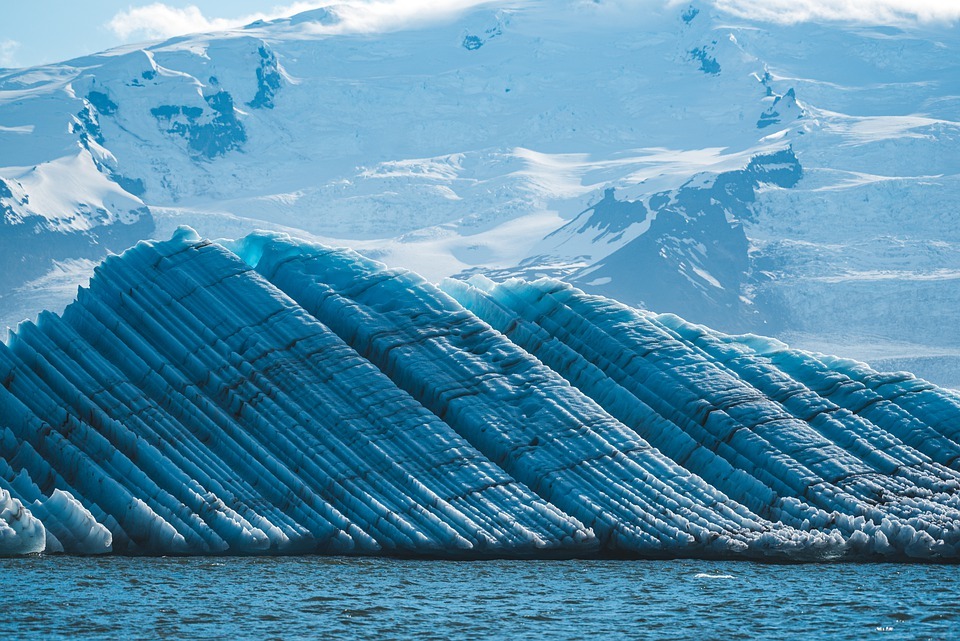Celeste Hedequist is from Boston, Massachusetts, but you wouldn’t know it from her blog. Celeste Hedequist has written about her experiences in U.A.E, Costa Rica, Italy, and South Africa, stepping out of her comfort zone. Her most recent adventure covers the wonders of Iceland.
A Brief Overview
Iceland is the only area in the Mid-Atlantic Ridge that appears above sea level. Its unique setting features lava fields, glaciers, and the Northern Lights. Because it is south of the Arctic Circle, its beauty is filled with contradictions. Celeste Hedequist explores the Blue Lagoon, located just outside of Reykjavik.
The Blue Lagoon
The Blue Lagoon is a geothermal spa located in the southwestern region of Iceland. What makes this destination so unique is its landscape. Located in a lava field, The Blue Lagoon operates as a spa with water from the Svartsengi geothermal power station.
The spa itself is naturally full of silica. This oxide is usually found in quartz or sand and forms a white substance on the lake’s bottom. Additional minerals and salts can be found in the lake, which may have a calming effect.
As travelers like Celeste Hedequist know, exotic environments usually have different temperatures. Swimming in The Blue Lagoon provides a strange contrast between heat and ice. The water can rise to 102 degrees, but the snowy mountains are still visible from the lake even at high temperatures.
Is It Really Natural?
The Blue Lagoon is man-made. Although it was constructed by humans, the water, in part, is heated naturally by nearby lava.
The geothermal part of the spa is more complex. Geothermal power is generated from geothermal energy by using technologies such as flash steam power stations. The geothermal power plant, Svartsengi, uses turbines to help create electricity. When the turbines pass through the heating system, water is then distributed into the lagoon.
The Blue Lagoon water is not recyclable. Instead of pumping back into the lake, the water is disposed of in another area. The runoff water ends up in areas where the mineral concentration is extremely high, and very few living creatures exist under the water.
Although this is not a natural lagoon, the minerals found in it have treated certain skin conditions. Travelers like Celeste Hedequist have been awed by its beauty and ability to heal for many decades.
The Blue Lagoon opened its spa to the public in 1987. Since then, swimmers have noticed firmer and more hydrated skin. This is thought to be from anti-aging properties in the lake’s algae. By swimming in the same area as algae, collagen in the skin can be renewed. Sun damage and liver spots can also be decreased or eliminated altogether. The algae are cultivated through seawater near a volcano. There are no man-made additives in the lagoon.
Public Bathing
Most people go to The Blue Lagoon for the ability to soak. Bathing in the famous lagoon is a natural part of this spa, but you do not need to take off all your clothing.
Bathing in silica is a relaxing experience that can help ease tension and revitalize the skin. Since it is a 40-minute drive from the international airport, people worldwide can be seen in one place. This type of unification is rarely seen elsewhere and can be soothing all in itself.
The steam creates a warmer temperature around the water. Although guests can see snow, they are more likely to feel as if they’re in a sweat lodge. Different spots in the lake have varying temperatures, but it is considered much hotter than an average hot tub.
Public bathing does not mean scrubbing the body with soap. The white algae found inside the lake, however, can be used as a face mask. Because it is rich in minerals and silica, this mud-like substance can smooth the face and reduce discoloration.
The Facility
In addition to the lake, The Blue Lagoon is an entire facility. This is a unique set up considering many hotspots are not attached to a business. Since the lagoon is not natural, the facility offers several other activities.
The facility has been around since the ‘80s, but it went through a major renovation in the early ‘90s. Now The Blue Lagoon has the reputation of a world-famous tourist attraction. There is currently a spa located near the lagoon that offers multiple kinds of massages. Healing treatments, facial masks, and skin products can be found within the spa.
For those who want to stay overnight, there is now a hotel. The hotel is near The Blue Lagoon’s bar and cafe and can accommodate crowds of people. Many people choose to stay at the hotel because the lagoon itself is so unusual. Because of its temperature, soaking for an hour or two can leave guests feeling lethargic so keeping hydrated is very important.
A Therapeutic Lagoon
Contrary to popular belief, The Blue Lagoon is both man-made and filled with natural minerals and algae. Pain associated with rheumatoid arthritis or stiffness in the joints can be eased even after swimming in the lake. The Blue Lagoon has a reputation for its natural healing ability for skin conditions and muscle aches.
Unlike many other spas, The Blue Lagoon provides an unusual contrast of nature. Its unique character shapes this experience. For those who are interested in soaking with others, this is an almost meditative experience. The silica that lines the bottom of The Blue Lagoon can be applied direcly to the face and body forming a mask while soaking for added cleansing and benefits. Iceland has not only created a sustainable source of energy but also a luxurious oasis with the run-off water it produces. Now that’s a great example of renewable energy with some seriously peaceful perks!

